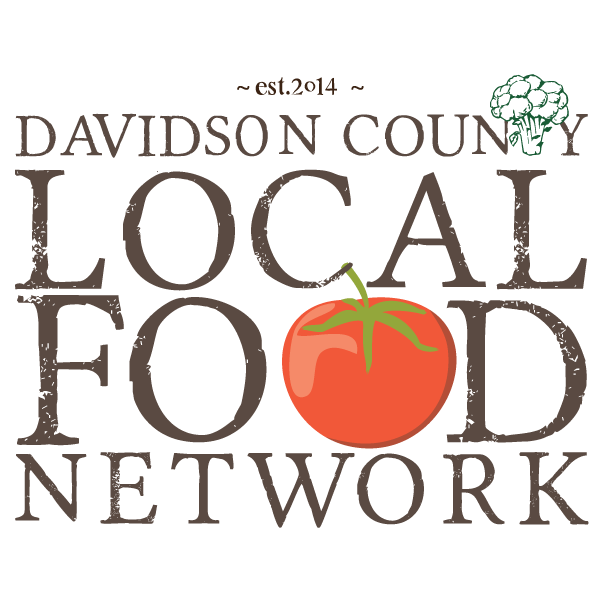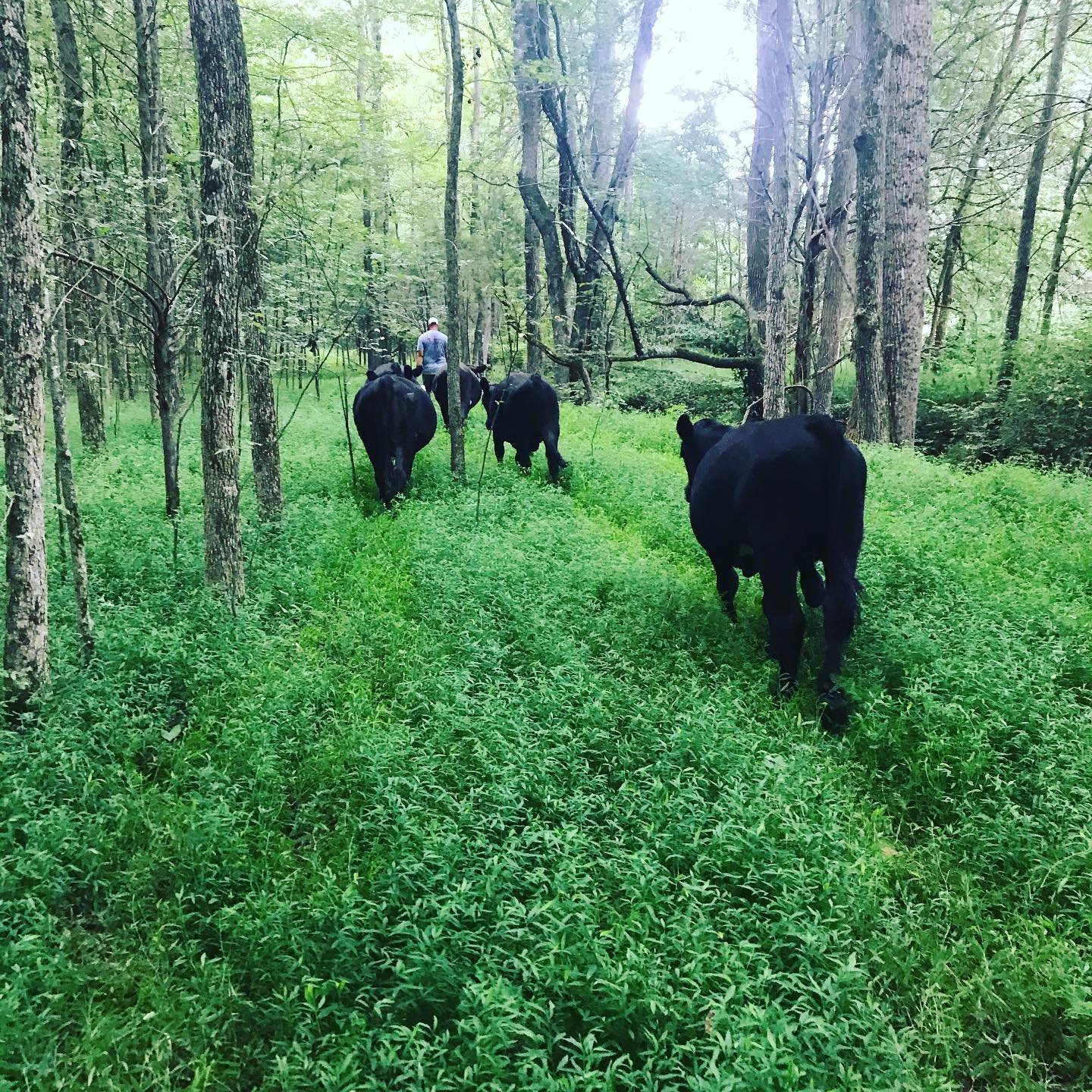Grass-Fed vs. Grass-Finished: What’s the Difference?
If you’ve ever shopped for beef at a farmers market or grocery store, you’ve probably seen labels like “grass-fed” and “grass-finished.” While they might sound similar, these terms have key differences that impact the nutritional value, taste, and quality of the meat.
What Does Grass-Fed Mean?
"Grass-fed" sounds straightforward, but it simply means the animal was fed grass at some point in its life. Since all cows start out eating grass, this label doesn't necessarily mean they were grass-fed their entire lives. Many cattle labeled as "grass-fed" are still grain-finished, meaning they were fed grain (usually soy and corn) in their final months to increase marbling and fat content.
What is Grass-Finished?
"Grass-finished," also known as "pasture-raised," means the animal was fed only grass and forage for its entire life after weaning. It never received grain-based feed. This results in meat that is:
✔ Leaner than grain-fed beef
✔ Higher in Omega-3 fatty acids and beneficial nutrients
✔ Lower in inflammatory compounds found in grain-fed meat
For those avoiding corn and soy due to dietary preferences or inflammation concerns, grass-finished meat is the better choice.
Why Does This Matter?
The way an animal is raised affects the nutritional quality of the meat. Grain-fed cattle are fattened up quickly in the last 4–6 months of their lives, leading to higher overall fat content. Grass-finished beef, while leaner, is often richer in vitamins and has a distinct, earthy flavor that many people prefer.
Shop Smart, Eat Local
Next time you’re buying beef, check the label carefully! If you're looking for truly grass-fed and grass-finished meat, ask your local farmer directly.






